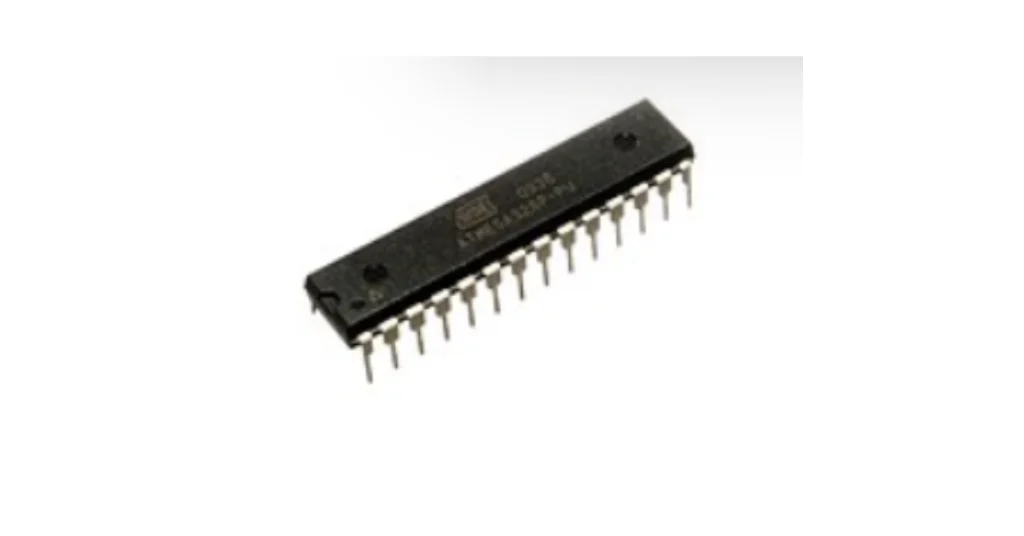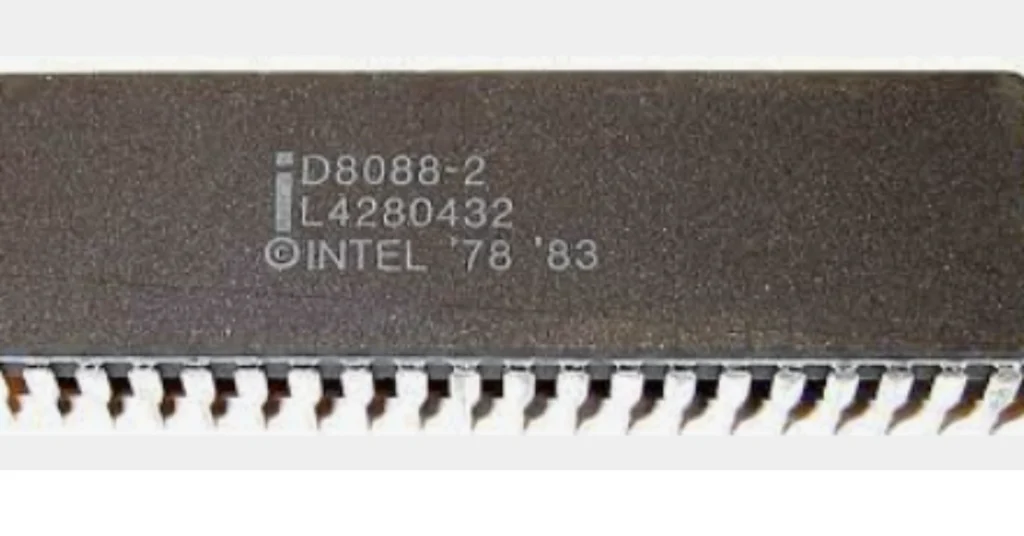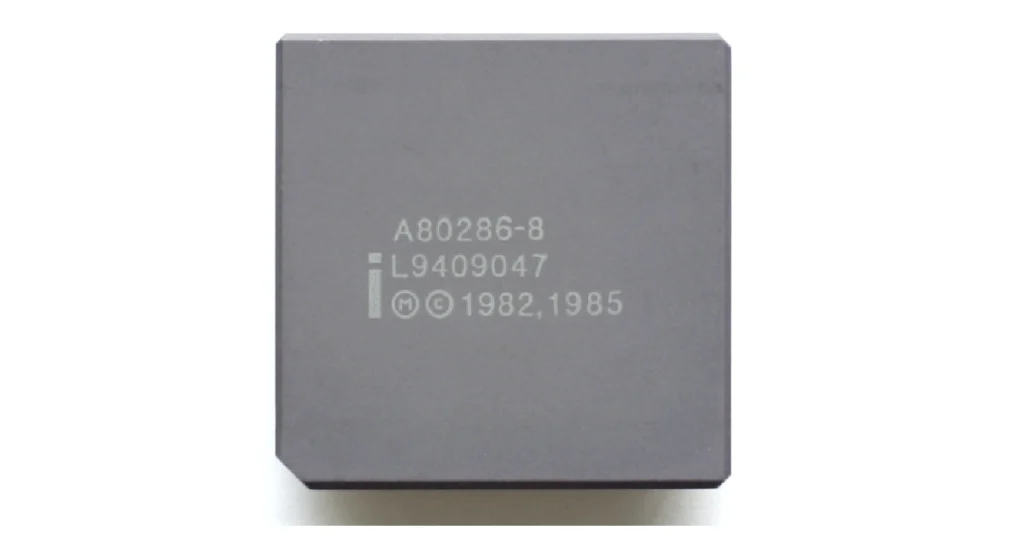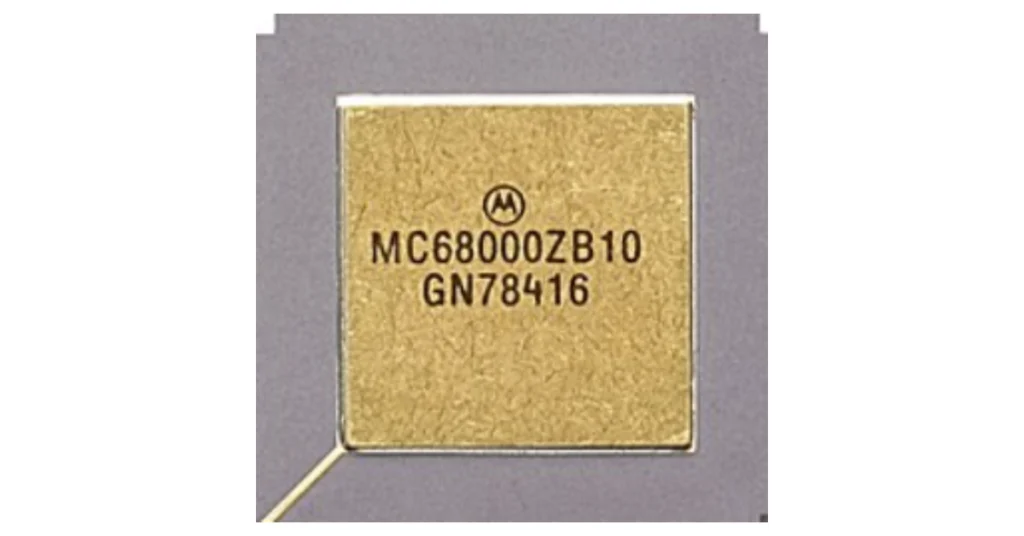microprocessors are the main heart of modern electronic systems. Mainly there are two types of microprocessor architectures. (RISC)Reduced Instruction Set Computing and (CISC) Complex Instruction Set Computing. We are going to explore both architectures in this article, as well as their advantages, disadvantages, and practical uses.
An advanced electronic brain can be compared to the microprocessor architecture. Similar to how your brain controls the structure of your body and a microprocessor manages electronic devices like computers, smartphones, and game consoles. Millions of microscopic transistors, which are essentially tiny switches and were used to create this compact but potent chip. These switches work as a unit to perform calculations, store information, and communicate with various components of the device.
in the world, there are two types of Microprocessor Architecture are used.in this article, mainly we focus on the comparison between RISC and CISC.
first, let’s explore the first one
(RISC) Reduced Instruction Set Computing architecture

Simple and Focused
A minimalist approach to microprocessor architecture development is like the RISC architecture. using a more summarized set of fundamental instructions. It highlights simplicity and effectiveness. It’s similar to having a toolbox with only the necessary tools.
Faster Execution
Quick instructions are carried out by RISC processors. RISC microprocessor architecture can execute each instruction more quickly because they have fewer complex instructions. It’s similar to taking quicker, smaller steps to get somewhere.
More Registers
RISC processors have general-purpose registers. These registers function as small, extremely fast data storage spaces. It’s similar to having a bigger backpack for your travel essentials.
Consider getting a bigger backpack. You have more space to store everything you need for your trip in a larger backpack. You are free to pack your clothes, snacks, camera, and other personal items.
RISC architecture does the same thing by giving a microprocessor more registers, which serve as storage units. A larger backpack would be like having more registers. It enables the microprocessor to handle more data and information while performing various tasks. The additional room aids the microprocessor in carrying out its responsibilities effectively and without running out of storage.
Compiler Optimization
Compilers are specialized software applications that convert high-level code into machine language, and they are closely related to RISC microprocessor architecture. Making the most of the condensed instruction set, compilers can enhance RISC instructions for improved performance
Here’s the sample code:
#include <stdio.h>
int main() {
int x = 5;
int y = 10;
int z = x + y;
printf("The sum of x and y is: %d\n", z);
return 0;
}
Let’s look at the RISC architecture’s optimized and non-optimized compilation methods now
Unoptimized Compilation: When code is compiled without optimization, the machine code that is produced may closely resemble the high-level code with no significant modifications. Without attempting to optimize or rearrange the instructions, the compiler will translate each line of code into a set of machine instructions.
Optimized Compilation: During the optimized compilation process, the compiler examines the code and makes a number of performance-enhancing changes. Here is an illustration of optimization that can be done with the code provided:
#include <stdio.h>
int main() {
int z = 15; // The sum of x and y is known at compile-time
printf("The sum of x and y is: %d\n", z);
return 0;
}
With this version’s optimizations, the compiler understands that x and y’s values are known at the time of compilation and that their sum is always 15. As a result, runtime computation is not required because the precomputed value replaces the addition operation. This optimization increases the effectiveness of the program by lowering the number of instructions required to complete the calculation.
Lower Power Consumption
In comparison to other microprocessor architectures, RISC processors typically consume less power. RISC processors use less power because they have fewer transistors and use simpler instructions. It’s similar to saving electricity by switching to a more energy-efficient light bulb.
Suitable for Embedded Systems
RISC microprocessor architecture is frequently used in embedded systems, including smartphones, tablets, and Internet of Things (IoT) gadgets. Due to their effectiveness and small size, RISC processors are a good fit for these devices because they frequently have limited power and resources. It is comparable to having a compact car with a powerful, fuel-efficient small engine.
this is the use of the RISC microprocessor architecture
- ARM Cortex-M series microcontrollers (e.g., STM32, LPC, and SAM microcontrollers).
- PIC microcontrollers from Microchip (e.g., PIC16, PIC18, and PIC32 families).
- Atmel AVR microcontrollers (e.g., ATmega and ATtiny series).
- MIPS microprocessors (e.g., MIPS32 and MIPS64 architectures).




now let’s consider CISC microprocessor architecture
(CISC) Complex Instruction Set Computing

Comprehensive and Feature-Rich
CISC microprocessor architecture is similar to having a toolbox full of various specialized tools for various tasks. It provides a thorough set of sophisticated instructions that can carry out complex operations. It’s like having a toolbox with plumbing, electrical, and woodworking tools.
It provides a thorough set of instructions that can carry out complex operations. These instructions are made to handle multiple complex operations, such as computation, memory access, data copying, and input/output operations, all within a single instruction.
Multifunctional Instructions
Multiple operations can be carried out by a single instruction in CISC processors. These commands can handle multiple complex operations at once, including calculations, memory access, and data copying from one place to another. It is comparable to using a kitchen tool with multiple uses that can simultaneously blend, chop, and grind ingredients.
Memory Efficiency
By providing instructions that can directly access memory-stored data, CISC microprocessor architecture makes better use of memory. As a result, fewer additional instructions are required to transfer data back and forth between registers and memory. You can access everything you need without constantly moving around,
Consider a fictional CISC microprocessor that executes an instruction that combines two numbers that are stored in memory. The instruction could be written as follows in this instance:
ADD [Address1], [Address2] //assembly_codeThe addresses of the memory where the numbers to be added are stored are represented here by [Address1] and [Address2].
When this instruction is executed, the microprocessor accesses the memory locations indicated by [Address1] and [Address2] directly, collects the data from those locations, performs the adding operation, and stores the outcome back into memory or a register.
The CISC architecture does with the need for intermediary instructions to move data between memory and registers by enabling instructions to operate directly on memory.
Flexibility and Versatility
Because CISC microprocessor architecture provides a wide range of instructions, programmers can write complex code in less number of lines. It gives programmers flexibility and makes tasks easier for them to complete. It is comparable to having a flexible tool that can be modified and applied in various ways for various projects.
Historical Significance
Finally, traditional desktop computers and older systems have long used CISC microprocessor architecture, which has a long history. It has changed over the years and is still used in some applications that call for its unique capabilities. It’s similar to appreciating the legacy and craftsmanship of old furniture that has historical significance.
Uses
- Intel 8086/8088: These microprocessors, introduced in the late 1970s, were among the early implementations of CISC architecture.
- Intel 80386: The Intel 80386, also known as the 386, was a major milestone in CISC architecture.
- Intel Pentium Series: The Intel Pentium processors, including Pentium 4, Pentium Pro, and Pentium MMX
- Motorola 68000: The Motorola 68000 series



Let’s summarise bout microprocessor architecture
| A comprehensive set of complex instructions | CISC Architecture | RISC Architecture |
| Advantages | Comprehensive set of complex instructions | A comprehensive set of complex instructions |
| Multifunctional instructions | Faster execution of simple instructions | |
| Efficient use of memory | More registers for data storage | |
| flexible and versatile for difficult tasks | Compiler-friendly architecture for optimization | |
| Compiler-friendly architecture for optimization | ||
| suitable for mobile devices and embedded systems | ||
| Disadvantages | Increased hardware complexity | only a few complex instructions |
| Higher power consumption | Requires more memory accesses | |
| execution of some operations might be slower | Requires more memory access | |
| Lack of specialized instructions | More reliance on compiler optimizations | |
| Legacy instructions and backward compatibility |


